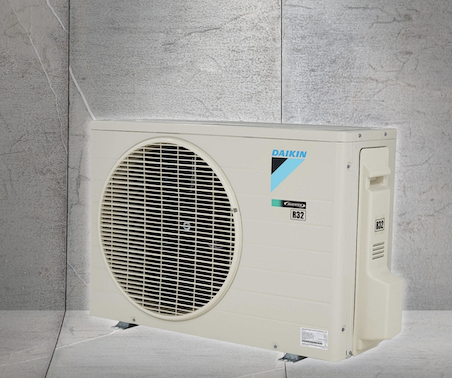We often hear the term “freon” when discussing ACs or refrigerators. However, did you know that “Freon” is actually a brand name from Dupont for a group of refrigerants? The more accurate and commonly used term in the industry is “refrigerant”. This refrigerant is the chemical substance that works in the cooling cycle to absorb and release heat, allowing ACs to cool rooms or refrigerators to keep food fresh.
Understanding Various Types of Refrigerants and Their Impact
As technology advances and environmental awareness grows, types of refrigerants continue to evolve. In the past, refrigerants like Chlorofluorocarbon (CFC) and Hydrochlorofluorocarbon (HCFC) were very commonly used, but they had a major negative impact: damaging the Earth’s ozone layer. Fortunately, most of these have now been banned or had their production halted. Ideally, an environmentally friendly refrigerant should be safe for the ozone layer (having an Ozone Depletion Potential/ODP of zero) and possess a low Global Warming Potential (GWP) so it doesn’t contribute to the greenhouse effect or global warming.
Currently, a widely used type of refrigerant is Hydrofluorocarbon (HFC), such as R410A. R410A does not damage the ozone layer (it has an ODP of 0), which was a significant step forward. However, R410A still has a relatively high Global Warming Potential (GWP), meaning if released into the atmosphere, it can contribute to the greenhouse effect and global warming. Recognizing this, the industry continues to innovate, seeking more environmentally friendly alternatives.
One rising star is R32. This refrigerant is also an HFC and has an ODP of zero, just like R410A. However, R32’s advantage is its significantly lower GWP value—about one-third of R410A. This means its potential impact on global warming is much smaller if a leak occurs. Furthermore, R32 is also known to be more energy-efficient. Although R32 is classified as “mildly flammable,” with proper handling and installation by certified technicians, R32 is very safe to use.
How to Choose the Most Environmentally Safe Refrigerant

Choosing an AC or refrigerator with the right refrigerant is a tangible contribution we can make to the environment. The easiest way to find out is by checking the product’s specification label. Manufacturers usually list the type of refrigerant used on a sticker on the outdoor AC unit or on the back of your refrigerator. Look for a label that clearly states “R32” as the refrigerant type. This is currently the best choice if you’re seeking a balance between efficiency, safety, and minimal environmental impact.
It’s also important to ensure that AC unit installation and maintenance are performed by trained and certified technicians. Improper refrigerant handling can lead to leaks, which not only harm the environment but also reduce your appliance’s efficiency.
Satake Fimar Indonesia: Sustainable HVAC Solutions for the Earth
As experts in HVAC and laboratory equipment, Satake Fimar Indonesia understands the importance of sustainability and environmental responsibility. We don’t just provide advanced air conditioning systems and laboratory equipment; we consistently integrate environmentally friendly factors into every solution and service we offer. We are committed to supporting the use of low-GWP refrigerants like R32, and ensuring installation and maintenance practices that minimize environmental impact. This choice is part of our dedication to providing solutions that not only perform optimally but also contribute to saving the Earth for future generations.For further consultation regarding efficient and environmentally friendly HVAC systems, or refrigerant-related services, feel free to contact Satake Fimar Indonesia via WhatsApp at 082310043646 now, or visit https://satakefimar.com.



